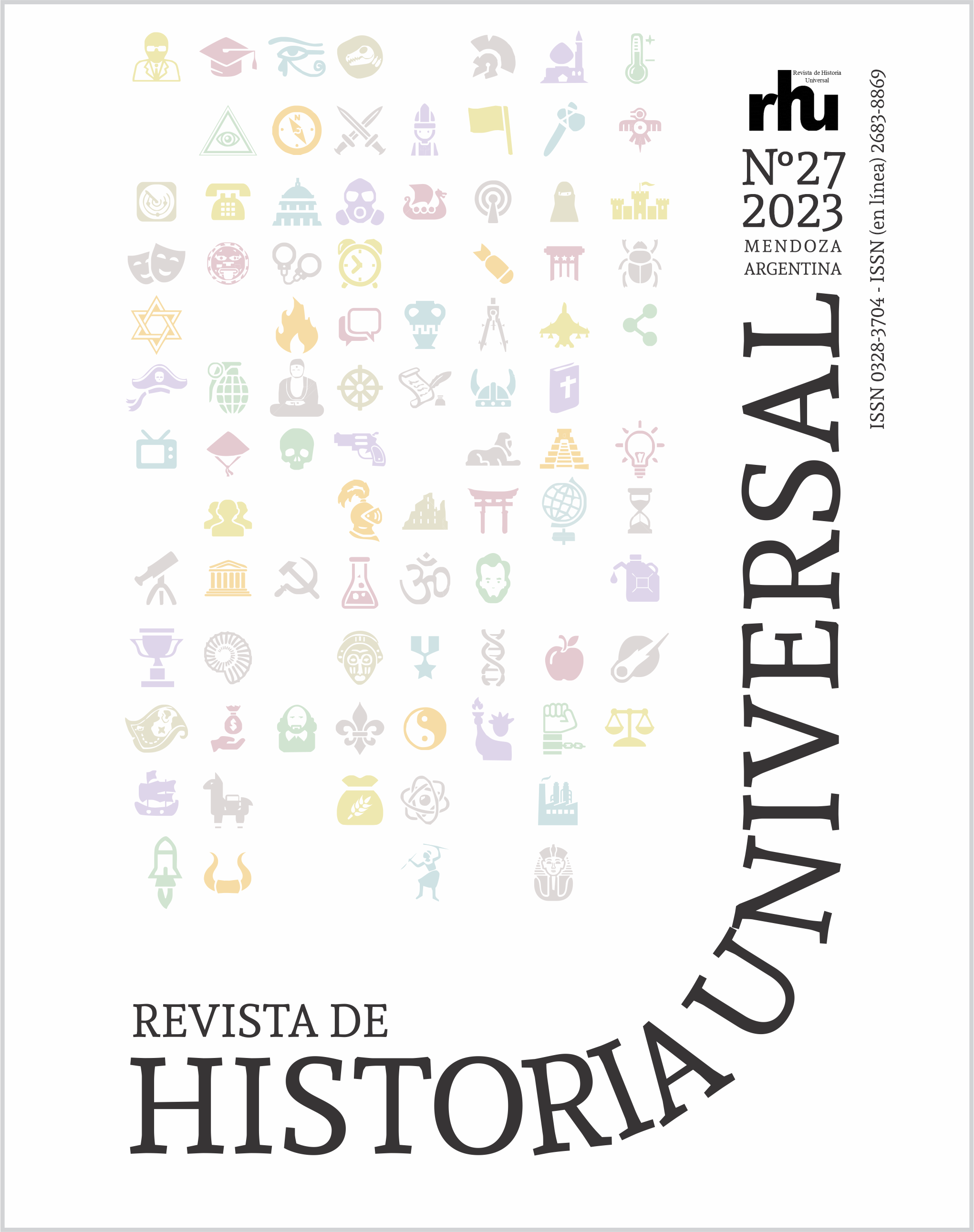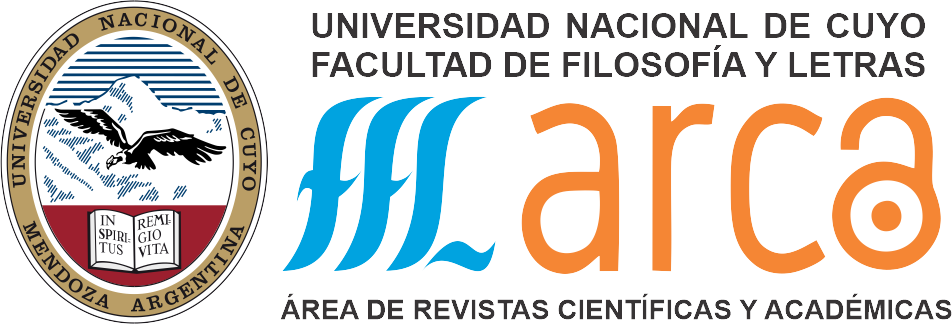The symbolic dimension of mountains in Yukon: transformation stories, midnight hikes and glacial archaeology
Keywords:
mountains, Yukon, glacial archaeology, transformation storiesAbstract
This paper analyzes the symbolic dimension of mountains in Yukon and the emergence of glacial archaeology in the northwest of Canada. Traditional views on mountains in this part of the world are mostly utilitarian in nature, as expressed in names such as Rabbit Peak or Ibex Mountain, which describe the potential of certain elevations as places for hunting. The higher and less accessible mountains are perceived as places of fear and danger, which should be avoided as much as possible -especially peaks covered in massive glaciers, such as those in the coastal ranges. The foundation and purpose of the cautionary tales known as “glacier stories” is too keep people at a distance from the dangers of ice-covered peaks. Typically associated with native groups in the Pacific Northwest, the “transformation stories” describe landscape features -such as prominent rocks or mountains- as petrified ancestors. Peculiar transformation stories describe weather-controlling mountains and rocks as “menstruanting”, and they become associated to young girls and their puberty rituals.
References
Dauenhauer, N. M. and. Dahuenhauer, R (1990). Haa Tuwunáagu Yís, for Healing Our Spirit. Tlingit Oratory. University of Washington Press and Sealaska Heritage Foundation. Juneau.
Gotthardt, R. (2000). Ta´an Kwäch´än. People of the Lake. Government of Yukon. Whitehorse.
Gotthardt, R. and Har, G. (1994). Fish Lake. Uncovering the Past. Government of Yukon. Whitehorse.
Hare, G. (2011). The Frozen Past. The Yukon Ice Patches. Government of Yukon. Whitehorse.
Hare, G. and Gotthardt, R. (1996). A Look Back in Time. The Archaeology of Fort Selkirk. Government of Yukon. Whitehorse.
Hare, G. and Greer, S. (1994). Désdélé Méné. The Archaeology of Annie Lake. Government of Yukon. Whitehorse.
Hirschfelder, A. and Molin, P. (2001). Encyclopedia of Native American Religions. Checkmark Books. New York.
Kew, D. and Goddard, P.E. (2004). Indian Art and Culture of the Northwest Coast. Hancock House Publishers. Surrey.
Laguna, F. de. (1972). Under Mount Saint Elias: the History and Culture of the Yakutat Tlingit. Smithsonian Institution Press. Washington D.C.
Langdon, S. (2002). The Native People of Alaska. Traditional Living in a Northern Land. Greatland Graphics. Anchorage.
Mc Clallan, C. (1975). My Old People Say. An Ethnographic Survey of Southern Yukon Territory. Publications in Ethnology 6,(1). National Museums of Canada. Whitehorse.
McGhee, R. (1989). Ancient Canada. Canadian Museum of Civilization. Ottawa.
Ruddell, N. (1995). Raven´s Village. The Myths, Arts and Traditions of the Native People from the Pacific Northwest Coast. Canadian Museum of Civilizations. Ottawa.
Zazula, G. and Froese, D. (2011). Ice Age Klondike: fossil treasures from the frozen ground. Government of Yukon. Whitehorse.
Downloads
Published
How to Cite
Issue
Section
License

This work is licensed under a Creative Commons Attribution-NonCommercial-ShareAlike 4.0 International License.









